
12 Jun' 20 | By gwcm
Traditional ‘bricks-and-mortar’ businesses offer products and services to their customers face-to-face from a factory, office, retail shop or warehouse, but this landscape has changed. Until the Coronavirus, many customers preferred to visit a shop in person at a physical shop where they can ask questions about products and services and receive face-to-face sales support. With a gradual relaxing of Covid-19 restrictions, shifting customer attitudes means businesses need to adapt quickly to an unprecedented changing economy and ever-evolving technology.
There has never been a more crucial time to promote your products and services online and let your target audience know you’re open for business. Businesses old and new must have either an eCommerce website strategy, or be ready to promote the advantages a customer has when visiting your physical business.

Social distancing, lockdowns and other measures during the COVID-19 pandemic has meant your usual customers may have had plenty of time to spend online shopping, using social media, streaming videos, films and games and keeping in touch via teleconferencing for work or friends and family.
Consumer habits shifted once the panic buying was over, and stay-at-home orders may eventually contract back. But having more than one way to sell to your customers and increasing your market share over your competitors will help to generate revenue and benefit you if there is a second wave of the virus, or more challenging times ahead. You may need a crystal ball to see what the world will look like beyond this crisis, but if your business relies too much on traditional ways of trading, now’s the time to diversify your operations and plan for the future.
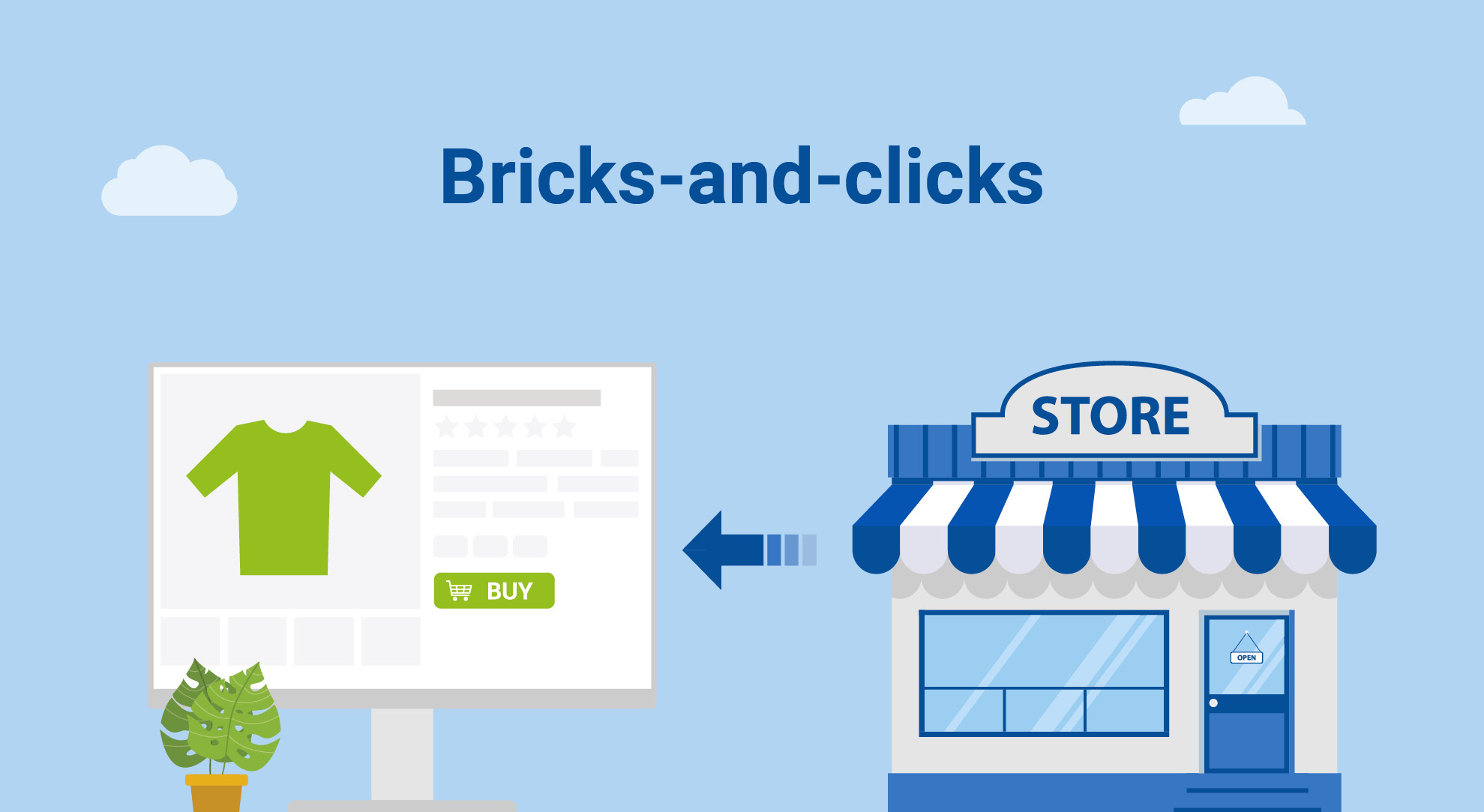
Traditional Bricks-and-Mortar companies often limit their operations to a physical location e.g. a high-street shop, chain of shops, warehouse or factory and for this reason alone, their business operations may have been adversely affected by Covid-19.
Bricks-and-Clicks companies are different in that they have both a physical presence, and an ‘eCommerce’ presence that take orders online, then deliver the products to their customers. Because transactions occur remotely, they tend to have no need for a physical shopfront. Orders are entered remotely, then paid for by using digital payment methods such as credit cards, Apple Pay, PayPal or bank transfers, with the goods then mailed to their customers. During the Coronavirus many UK supermarkets, high-street retail brands, electronic shops and even garden centres struggled to keep up with demand for online sales as their usual operations and logistics were challenged beyond belief. In the week immediately following the lockdown announcement, weekly growth rate for Media & Entertainment, Food & Beverage, Home & Garden, Health & Beauty, Pet Care, Home Office, Business & Industrial went up by 200 percent compared to the same period in the previous year.
Adopting a Bricks-and-Clicks approach, also referred to as an Omnichannel model, can strike a perfect balance between the worlds of online and offline retail. Click-and-collect services that allow your consumers to place an order online then pick up the items from a physical shop have even been adopted by eBay, where you can collect your orders from a local Argos shop.
Fortunately, eCommerce website marketing and setting up and managing an online shop doesn’t have to be complicated, and your business and sales can be open 24/7, 365 days per year by taking a Bricks-and-Clicks or Omnichannel approach.
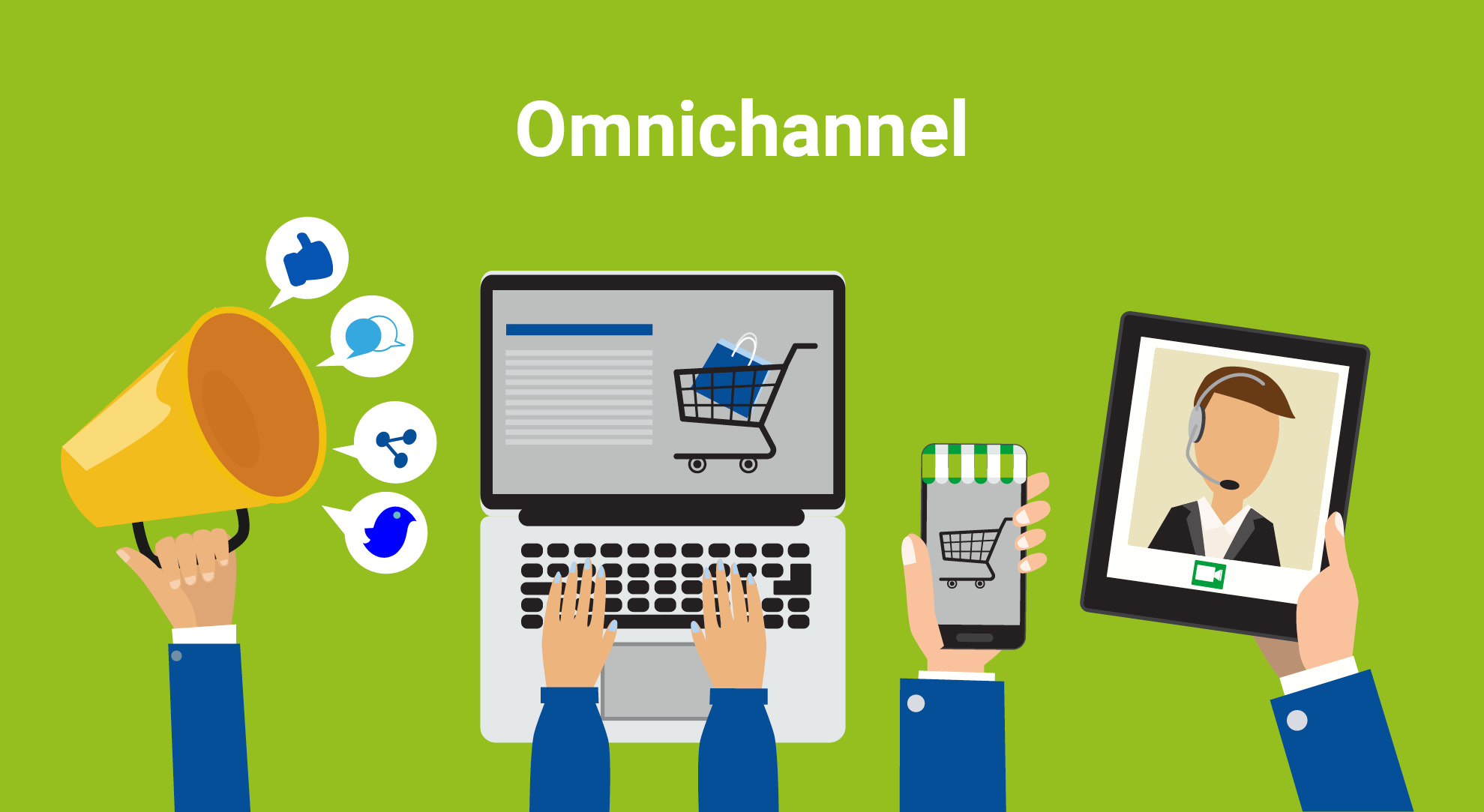
In today’s world, customers want to be able to purchase and communicate on their terms. They may visit your website, contact your sales or customer services team, leave a message on your social media channels, such as Facebook or Twitter, visit your shop, or even contact you through a live chat or a messaging platform.
This has forced the likes of Apple, Argos, John Lewis & Marks & Spencer to adopt an omnichannel focus. They can connect with their customers via email, provide detailed product information via their website, send delivery updates via SMS, or chat with customer service representatives on the phone or via webchat.
Omnichannel is easy to implement at a relatively low cost and the flexibility means these companies accept more payment methods, do most of their advertising over social media, and can connect with shoppers through phone or chat, and use mobile apps to help shoppers discover new products and services. Social media retailing is another potential sales channel, where customers can buy products through adverts on Twitter or Instagram.
With both a physical and online shop in place, click-and-collect services, online returns, exchanges in shop, and more can enhance the overall shopping experience for your customers and provide new opportunities for businesses needing to embrace change in order to survive.
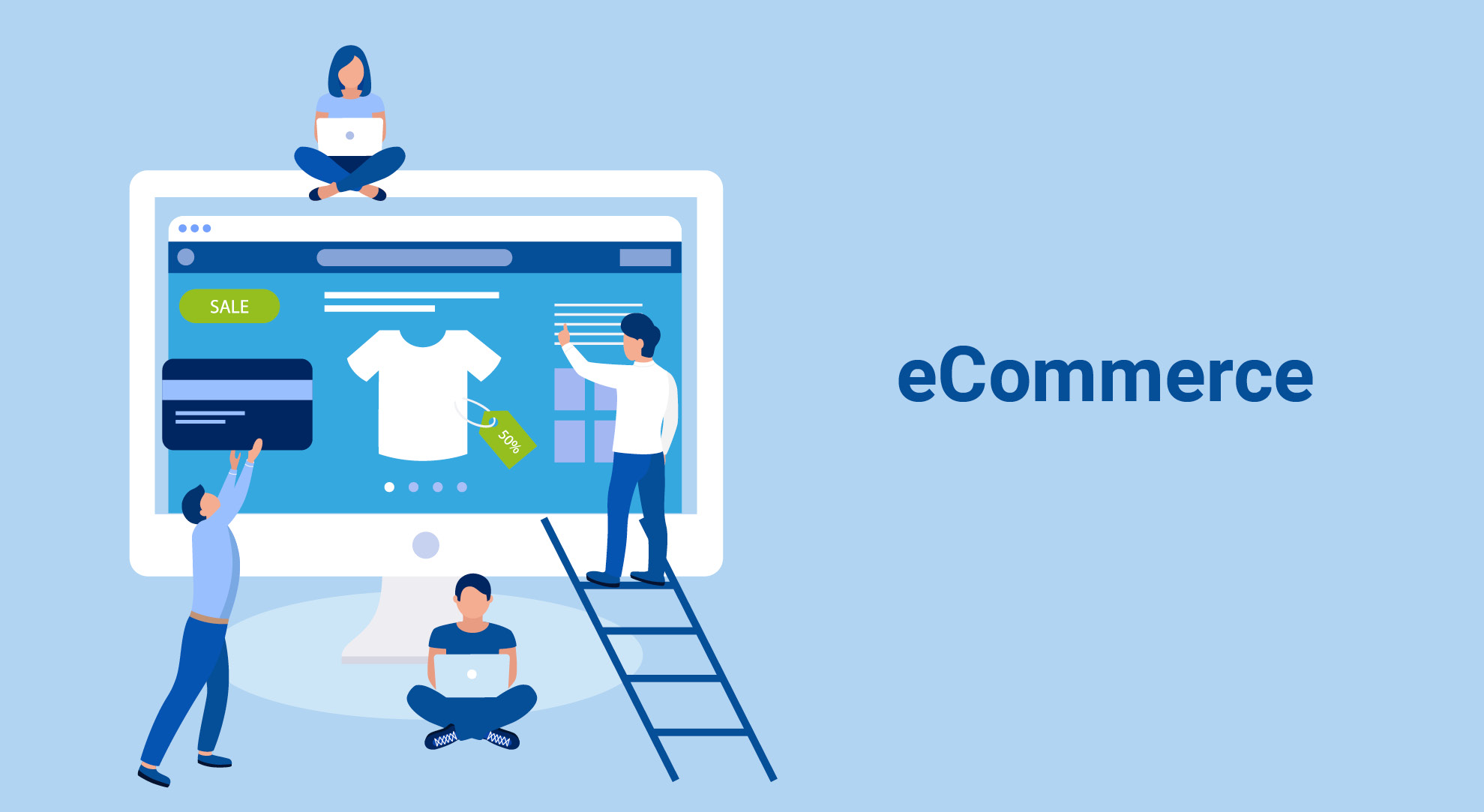
In the short term, the most obvious benefit of shifting your business sales online is that you’ll be able to keep your customers at safe distances while enabling them to be able to buy from you. Anyone using a smartphone, tablet or computer connected to 4G or the internet, wherever they are, will be able to view your eCommerce shop, browse your products and services and buy from you locally, nationally, or even globally.
For sure, opening an online shop means shifting stock is not as easy as running through a scanner at the checkout counter. You are likely to need a third-party service as part of the logistics, plus a warehouse and staff that takes proper steps to sanitise your products and packaging before they are mailed out.
If you have an existing website the good news is it may be possible to bolt on a simple eCommerce website design and/or platform to manage your sales that fully integrates with your existing stock inventory and seamlessly syncs with your online shop, making it easier to manage.

Small and medium-sized (SME) businesses engaged in trading or commercial activity in the UK established by 1 March 2020 can now apply for a 100% state-backed loan worth up to £50,000. The Bounce Back Loan Scheme has no interest charges or repayments in the first 12 months and is designed to support SME’s who have been affected by coronavirus (COVID-19).
There are no strict rules on what the loans may be spent on, as long as it is under the banner of working capital, investment, or necessary business running costs. This could be marketing or website improvements, diversifying your business by bringing a new product/service to life or even developing new capabilities to cater for a changing marketplace.
Many brands are still making consistent sales through the pandemic and businesses that have a clear message and a wide sales funnel are more likely to emerge strongly from the pandemic. The lockdown should have given many business owners plenty of thinking time. Reviewing your marketing strategy now, in order to stay ahead of digital trends, better engage with your leads, or developing new products for competitive advantage will put you in a prime position to get customers buying again.
Your marketing strategy should involve much more than the odd update or share on your Facebook page or Tweet. It should be addressing a whole mix that creates a dynamic digital presence with regular updates and changes.
If you are in receipt of a loan or planning to apply to use the Bounce Back Loan, why not look to investing in eCommerce website design and development, or some professionally designed video content that sets out to achieve everything possible to ensure your business succeeds and grows beyond the pandemic. Read more about the Government’s Bounce Back Loan here.
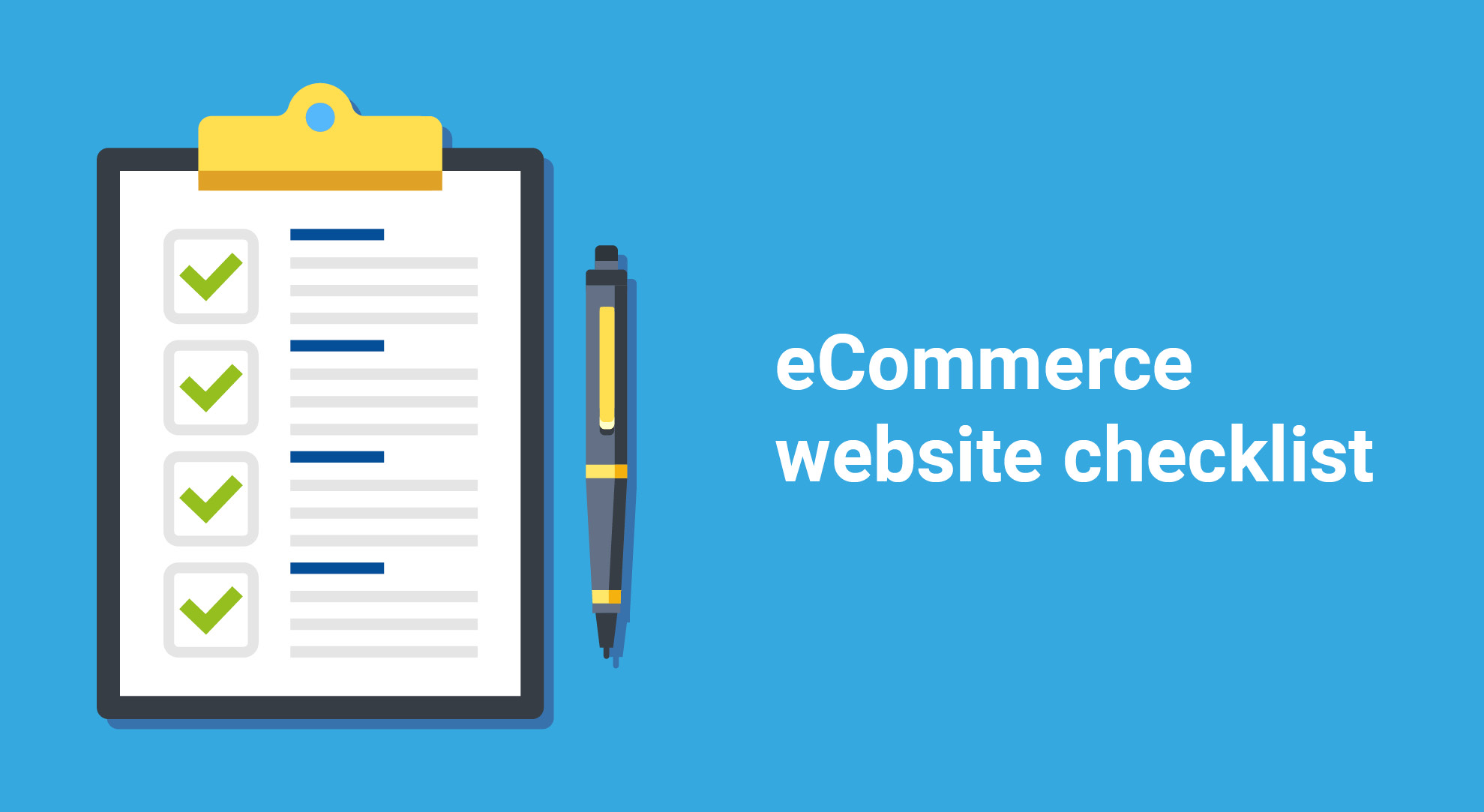
Choosing an expert eCommerce website design and development company to produce your online shop should be a no-brainer. A digital marketing agency with a good list of clients, and a range of sector expertise and professional staff willing, friendly and able to advise, and provide assistance at every stage makes sense too. A well-established digital and creative marketing agency should possess a team of highly trained staff likely to include marketing strategists, creatives, designers, copywriters and web developers that can manage your project from start to finish, but also update and maintain the site going forward.
You’ll need to decide which products or services from your Bricks-and-mortar business will be sold or available online as some inventory may not be able to be sold online easily. But there may also be some niche products or services that open up new opportunities that you can sell online alongside your main products that you wouldn’t otherwise sell in your shop.
Once you’ve narrowed down your products or services, it’s a good idea to produce a spreadsheet or a checklist that will ensure your website developer creates the best eCommerce experience for your customers. This should focus on everything your web developer needs to consider when designing the platform, and the steps to consider before, during and after the site launch.
The web has hundreds of expansive checklists to help you in deciding what is needed to consider when developing a customised eCommerce website design, simply search ‘eCommerce website checklist’, but here are a few examples of things you must think about:
You will also need to think about your budget and how much you are prepared to spend on the finished solution. You will need to produce a brief to enable your designer, developer or Digital Agency to provide you with a bespoke eCommerce website design quote. They will need to know the answer to a list of detailed questions such as:
eCommerce can be complex, and not all eCommerce websites are created equal, and if you want to succeed online then an off-the-shelf, one-size-fits-all solution is probably best avoided. A beautifully designed, bespoke eCommerce site, developed by highly experienced professionals may cost more in the long run, but should always pay dividends above and beyond the initial investment.
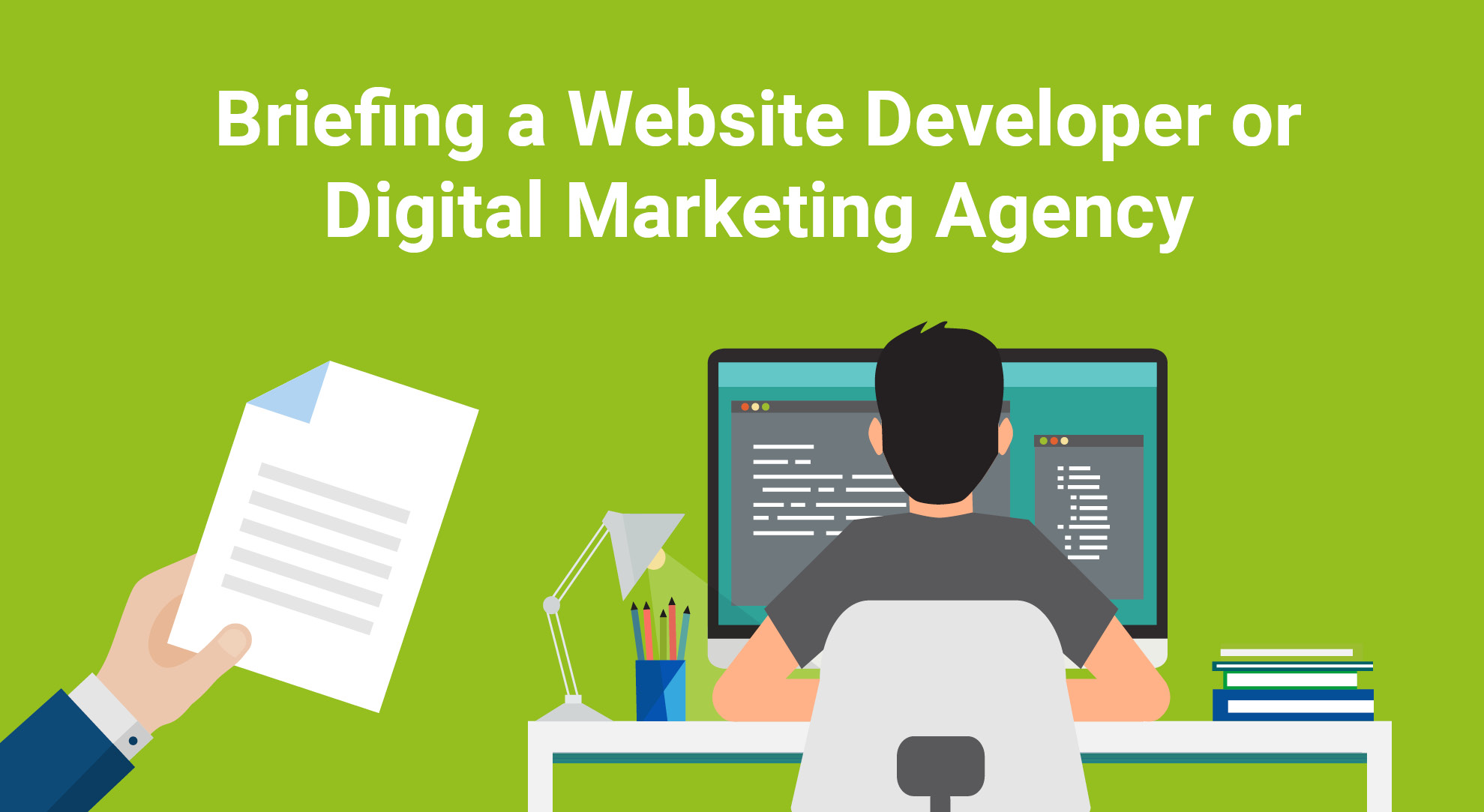
Commissioning a new website can be both daunting and exciting, so where should you start? Getting a decent brief out, with an outline of your available budget, to a supplier such as a good Web Developer or even better a Digital Agency is how.
In eCommerce, your website is your shopfront so it’s essential the website is easy to use, aesthetically pleasing, portrays the complexity and full range of your products or services and can process numerous payment types. Additionally, it should offer multiple search and filtering options, connect with your inventory, with sales funnels like your social media content and generate any financial reports you need and above all be easy and efficient to manage.
Your Web Developer or Digital Agency should be capable of building both the frontend and the backend of your eCommerce website to ensure customisation. That way the site will be bespoke to you, your brand and business, in terms of the core functionality and the customer facing design. A responsive design that automatically resizes to different sized devices, tablets, mobiles or laptops is of paramount importance too. So, ensure your web developer is fully versed in mobile integration and constructs your site on a flexible platform.
Decisions to develop a new website or redesign an existing one are usually made in response to launching new products or services, or competitor activity. If a competitor website appears to be more effective than yours, you will need to up your game. A good Digital Agency will employ a variety of tools to identify your competition even if you are unsure who they are. They will be able to reverse engineer competitor’s success, identify their weaknesses to help you compete, improve conversion, traffic, and of course sales.
Although not part of the Web Developers role, your content, messaging and tone of voice must all be decided in advance in order to attract, hook and move your customers through the functions and features of your website. Your brief should specify how you intend to provide the copy, so think carefully. Using a professional copywriter will ensure your content is optimised for search and that each page has authoritative, friendly, or cost-driven headline statements defining your brands, products or services. Vital for search engine optimisation is the consideration of your ‘Keywords’ within your content. Keywords determine where your website appears in results pages of Google and should be part of your website marketing, so again, using a good copywriter will ensure the copy is not only compelling and flows well, but will help with search too.
Web Developers are not usually Graphic Designers too. Building a good website that focusses on function over design could have drastic effect on your customers who are turned off by poor design, so do not overlook the importance of design and aesthetics. If your site sells landscape gardening, using 360-degree views of work you have produced or stunning photography from multiple angles is a must to capture audience attention. A Digital Agency will have Graphic Designers, Web Developers, Copywriters, specialist Photographers, and Video Film crews all on-hand, working together under the direction of a Creative Director overseeing the design process and inspiring the team on your behalf.
Your website is likely to be built in a Content Management System or CMS such as WordPress, the world’s most popular website builder, powering around a quarter of the world’s sites. The WooCommerce plugin can be added to WordPress and is one of the most popular eCommerce platforms worldwide. It will turn your website into a powerful online shop and the good news… they are both FREE.
Even if you are well-versed in checkout functionality, content writing and SEO, deciding what information a developer or digital agency needs to design you a great website should be well-considered. So, if you are feeling daunted at the possibilities of how to write a brief, there is good news, you can request our very own briefing document here to help you every step of the way and make it worth the time and money you are willing to invest in it.
Download our eCommerce web development services briefing sheet for FREE

Even the most engaging website will fail to attract visitors without ongoing marketing, promotion and advertising, so considering how to promote your shiny new website is of paramount importance. Many businesses don’t have the luxury of an in-house Digital Marketing Manager in charge of bringing traffic to the website, meeting ROI goals and strategising social media campaigns. It is also common for business directors and entrepreneurs to believe that creating a website means simply ‘build it and they will come’.
It is important to consider the most effective ways to promote your website and grow traffic. A good Digital Marketing Agency can develop a marketing strategy that identifies the most appropriate channels that are important to your customers, where they hang-out. This may be a combination of social media, email, paid search campaigns, blogs for promoting products, influencer marketing, SEO, and any other tasks that build online brand awareness and new customer acquisitions.
Depending on your sector, you should definitely be using social media platforms such as Facebook, Twitter, and Instagram. These are a free way to build brand awareness by placing weekly updates that encourage people to respond, repost and remember you. By placing emphasis on clever marketing that enables you to shine brighter than your competitor
Above all, try to build your brand, whether that is by advertising on Google with a targeted cost-per-click campaign, or if you are a service provider or B2B operation, try networking on LinkedIn by posting industry related content. Or promote your services via an online webinar. Don’t forget the simple and obvious, if you have company vehicles, brand them up with your website URL as a mobile billboard promoting to audiences who’d otherwise never have seen your details.
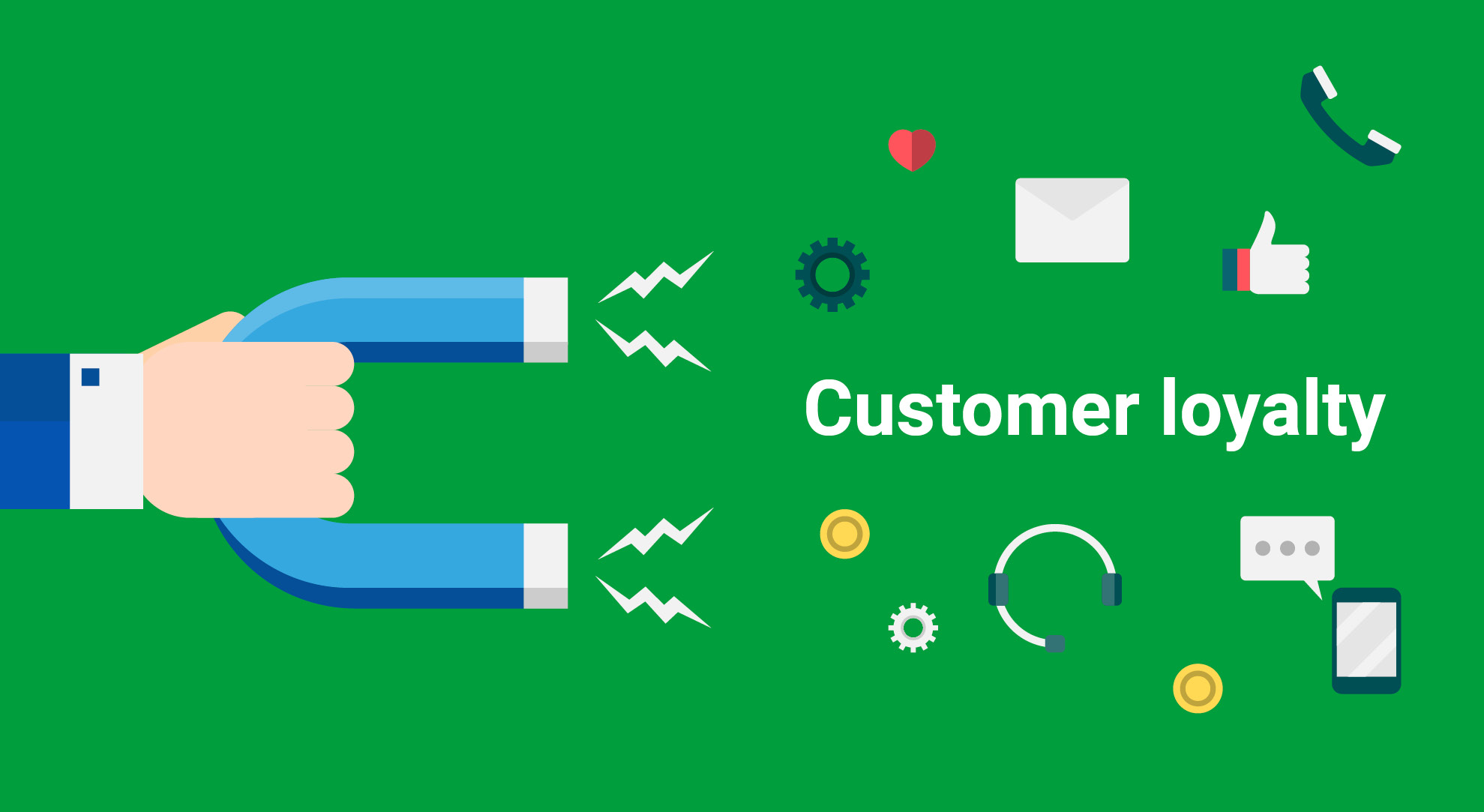
Developing brand-new customers from scratch for eCommerce brands and keeping them requires effort. Customer trust and loyalty is king, without this your business is weak. If you are shifting from a bricks-and-mortar business to a bricks-and-clicks model you have an advantage here. Your existing customers can be reached out to by your own support or sales staff via phone, email, live chat, teleconference, or in-app messaging. Some of which can be personalised and branded to your business to optimise the channels, and offer traditional marketing strategies such as loyalty schemes, discounts or rewards which can also be seamlessly implemented into your website and user experience.
By hooking-up your Customer Relationship Management tools (CRM) you can segment your visitors to identify and communicate better with them based on their customer journey. Past sales purchases or website enquiries, geographical locations, browsing behaviour and landing pages visited can all be studied. You can then anticipate customer needs and set out automated offers, discount codes and a seemingly personalised service e.g. free delivery or discounts, creating loyalty and sales whenever you want to.
Clearly display customer testimonials and case studies. Run a competition that generates PR and outsmarts your competitors. Make your contact details easy to find for when things go wrong. A phone number that gets answered by a human, an email that is quickly responded to, or better still, live chat and having a customer service priority over profit is key. We all know it’s easier to maintain an existing customer than to find a new one.
Having totally satisfied customers from ordering online through to delivery increases trust and may even get you some good reviews. Having a number of Trustpilot or Google My Business reviews can help build trust, but “Businesses with customer loyalty programs, on average, are 88% more profitable than those who do not.”
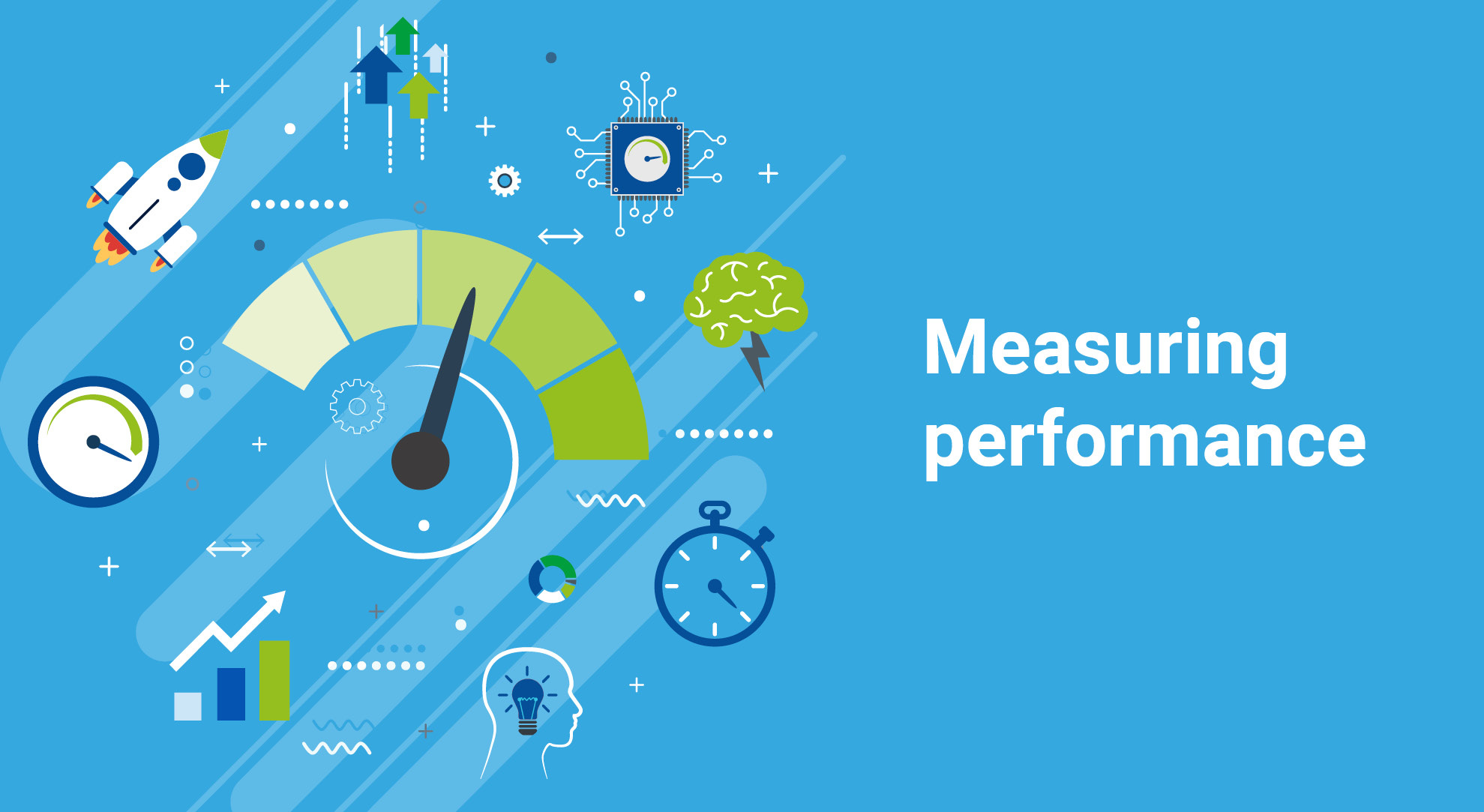
You need to be constantly researching your competitors and analysing the data in your Google Analytics or other tools like SE Ranking. This will show you real-time ranking positions of your website’s keywords across major search engines in any country, city or region. Or Leadfeeder, a lead generation & website visitor tracking tool that identifies real companies visiting your website that would have otherwise gone unnoticed.
By monitoring and measuring your data on a regular basis, changes can be made for improvement based on what is actually happening instead of making decisions based on guesswork and gut feelings or likes and dislikes. eCommerce metrics for improving sales, revenue, and customer satisfaction include overall website traffic, bounce rates, time to purchase, abandoned shopping carts and referral traffic.
It can be difficult to keep on top of all the data available and hard to evaluate what it all means. Your Web Developer or Digital Agency should be well-versed in Google Analytics and able to assist you here. They can explain the data and produce a variety of simple reports or suggest solutions to optimise your website based on the findings from the data.
Looking to run your business online?
The implications of the COVID-19 pandemic may last for a long time. A professional digital agency, like GWCM, has a team of marketing staff, talented designers, eCommerce developers and Google Analytics experts providing affordable eCommerce website design to ease the transition from bricks-and-mortar.
Contact us today to find out how we can develop you a thriving online eCommerce shop.